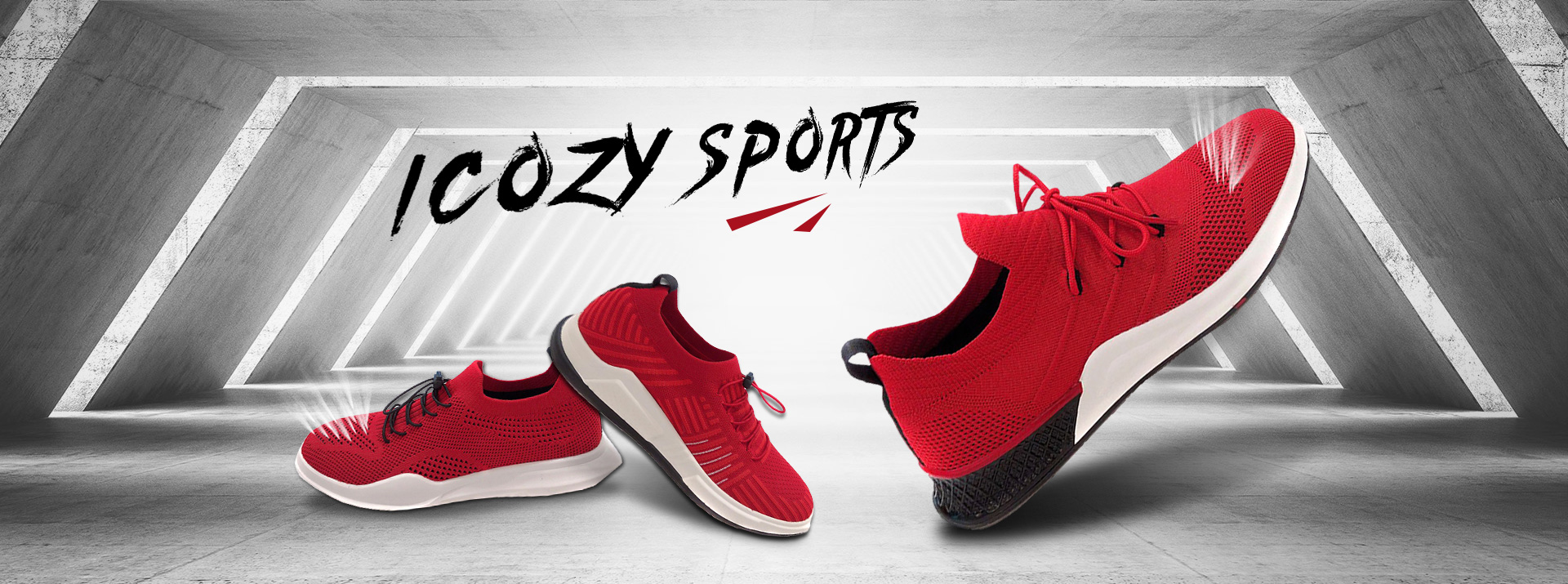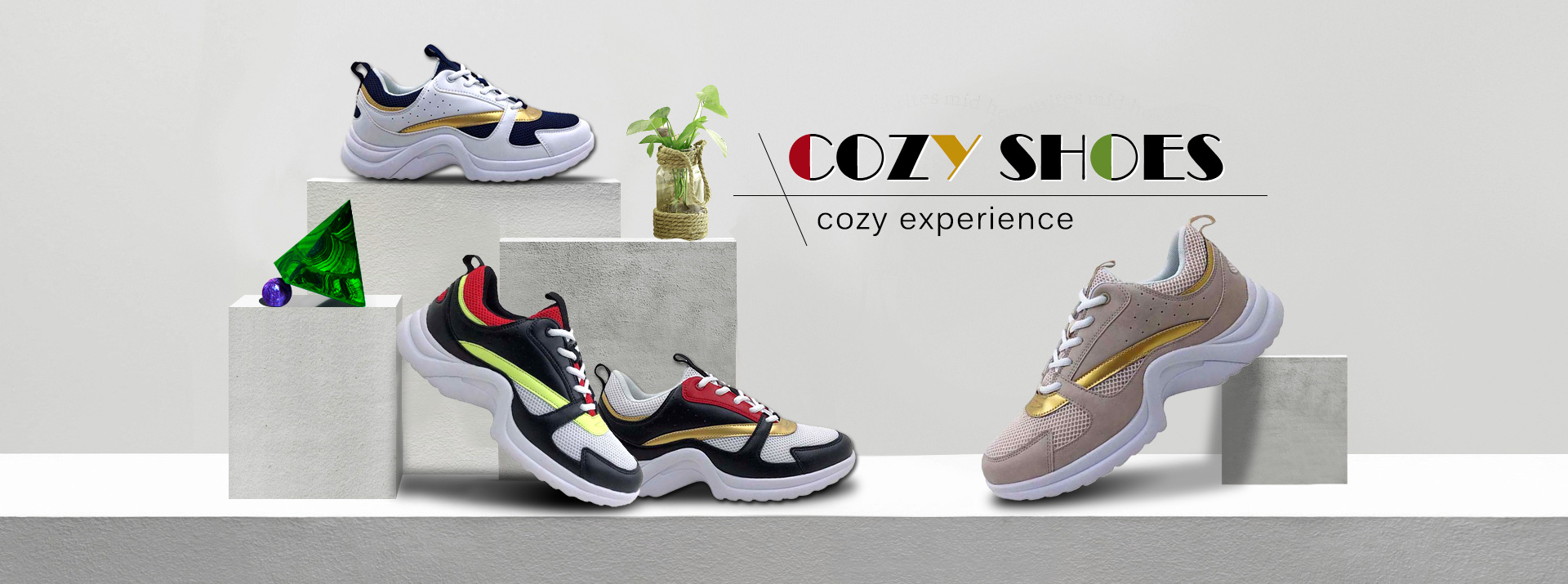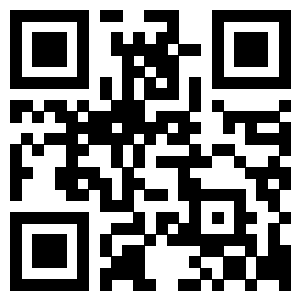Buy running shoes the right size to pay? Follow these seven steps to becoming a shoe expert
1. Length is the foundation
Shoe size mainly reflects the length of the shoe, which can be said to be the primary parameter affecting the comfort of the shoe.
It is important for runners to make sure that there is enough space in the front of the foot and on the tips of the toes. After wearing the shoes, make sure that the toes can twist freely. If the toes have no room to move, this will result in the feet not being able to effectively cushion the ground impact during landing.
Toe shoes, the front should be about 1.2 cm gap distance when the heel by the heel, with their thumb press a press close to the location of the big toe, see if there is enough space for your toes, of course you also can also foot spire on the top of the shoe, can see the index finger smoothly along the heel in the heel, if into the index finger is difficult, means that the shoe size is small.
2, the width should be appropriate
The width of the shoe is almost a parameter completely ignored by the runner. In fact, the width will also greatly affect the comfort of the shoe. Insufficient width will obviously squeeze the foot.
How do you know if your running shoes are too narrow?
Take the insole out of your shoe, put it on the ground, and step on it with one foot.
Asians generally have fat feet, which can be easily squeezed due to the narrow width of shoes.
3, heel and heel fit well
Heel can say is a pair of running shoes besides sole, the hardest place, why should be hard?
Because the heel provides enough support for the foot, we must make sure that the heel can rest comfortably on the heel when selecting shoes.
A pair of running shoes that fit you should be fully wrapped to fit your heels, but not too tight.
How do you know if the heel fits?
When your shoelaces are not tied tight, you should be able to pull your feet out of your shoes without too much difficulty.
But start to run, heel and heel fit is good, do not happen heel and heel shoe friction, that is, runners often say running shoes to heel.
4. The upper does not press on the foot
The degree of tightness of the vamp is also an important aspect that affects the comfort of the shoe. The vamp should also fit with the instep, but should not press the instep tightly because the height of the instep is different for each person.
Most running shoes with a tongue dont have a problem with the upper pressing on the foot because the tongue is fully mobile, but the tongue is prone to deflection when running.
So a few running shoes will shoe tongue and vamp integrative design, cancelled active shoe tongue, beautiful its are called to increase wrap a gender, but sometimes this kind of wrap a gender became vamp to press a foot, give a person not quite comfortable feeling.
5. Check the bending position of shoes
Hold the heel and stand the shoe up, then bend the toe and observe the bend.
For optimal comfort, it is important that the bending point of the shoe matches the bending point of the toe, especially the big toe.
Because your toes bend a lot during the off-ground phase of running, it can cause problems if the shoe bends at a point thats not in line with the back extension of your toes.
Nikes current top line, the Nike zoom Vaporfly 4%, has a carbon plate in the sole material on the front of the foot, making it nearly impossible to bend the ball of the foot.
Therefore, Nike designers compensate for toe flexion by increasing the amount of stitching on the toe. Some runners adapt, and some feel that the big toe cannot be effectively bent, which can cause problems.
6. How to choose cushioning shoes and supporting shoes
Runners tend to think of cushioned and supported shoes as either/or, as if a shoe is either cushioned or supported.
Cushioning is the main purpose of running shoes. All running shoes are cushioned.
Cushioning is mainly on the insole material, the major shoe manufacturers are all in the insole cushioning materials do a lot of work, Nikes ZoomX technology, adidas Boost technology, asics Gel Gel is the representative of cushioning materials, so there is no only support and no cushioning running shoes.
In other words, some shoes are designed primarily for cushioning, while others provide both cushioning and support.
Not necessarily!
Since adding support material often means adding weight to the shoe, the point is that many runners dont need extra support. Sometimes unreasonable support hinders the normal deflection and movement of the foot when it hits the ground.
So which runners need to buy support shoes? It depends on your foot type.
Normal arch
If you see that the arch area is half filled, thats the most common type of foot.
Usually this means that you have a pair of feet that support your normal weight and are an ideal natural shock absorber.
Normal bow-runners can, in principle, wear any type of shoe shape without special consideration for cushioning or support.
Flat feet
If you see the arch area filling up, chances are youre running on the ground and your foot is overturning outward (technically called hallux valgus).
This increases your risk of foot, calf, Achilles tendon and knee injuries.
In this case, we recommend that you buy a support shoe, which has the distinct feature of having a strong structural support, or pronounced heave, on the inside of the middle of the sole, in order to reduce excessive pronation.
High arches
If there is little or no contact along the outer edges, and all you see are your heels and the balls of your feet, then you have a high arch.
Your feet dont roll properly when you run, so they dont do a good job of cushioning, so cushioning shoes are better for high-arches runners.
Of course, there arent that many high-arches runners, at least not as many as flat-footed runners.
So, in summary, with the exception of flat runners who need to think about support shoes, other runners dont need to think about support or cushioning.
Of course, its important to note that not all flat runners will pronate, which can be uncomfortable if you have to buy support shoes.
Support shoes should only be considered for runners with significantly flat feet and pronation
7. Fit degree of shoe lasts and foot shapes
Some running shoes, if all six of the above are OK for you, but you dont feel comfortable in them, and they pinch, its not your fault, its the last that doesnt match your foot.
Shoe last is the parent of the shoe and the mold of the shoe.
Last of shoe shoe shoe is divided into commonly straight, half straight, curve. Some manufacturer can have a lot of kinds of shoe last design with same size, some are less.
In other words, a bigger shoe size doesnt just mean a longer shoe, it means a change in width, height, and curvature, all from a shoe last.
People with different foot types (Egyptian, Greek, square) need different shoe lasts even if they are the same size, which largely determines the comfort of the shoe.
Shoes wrap is actually integrated embodiment of its length, width, height, curvature, nature is determined by last, wrap is not thy foot to foot like a cloth normal activity is restricted, wrap more is on the basis of giving foot protection at the same time also should let feet with moderate activity space, do not affect the normal activities of the foot.
Shoe size mainly reflects the length of the shoe, which can be said to be the primary parameter affecting the comfort of the shoe.
It is important for runners to make sure that there is enough space in the front of the foot and on the tips of the toes. After wearing the shoes, make sure that the toes can twist freely. If the toes have no room to move, this will result in the feet not being able to effectively cushion the ground impact during landing.
Toe shoes, the front should be about 1.2 cm gap distance when the heel by the heel, with their thumb press a press close to the location of the big toe, see if there is enough space for your toes, of course you also can also foot spire on the top of the shoe, can see the index finger smoothly along the heel in the heel, if into the index finger is difficult, means that the shoe size is small.
2, the width should be appropriate
The width of the shoe is almost a parameter completely ignored by the runner. In fact, the width will also greatly affect the comfort of the shoe. Insufficient width will obviously squeeze the foot.
How do you know if your running shoes are too narrow?
Take the insole out of your shoe, put it on the ground, and step on it with one foot.
Asians generally have fat feet, which can be easily squeezed due to the narrow width of shoes.
3, heel and heel fit well
Heel can say is a pair of running shoes besides sole, the hardest place, why should be hard?
Because the heel provides enough support for the foot, we must make sure that the heel can rest comfortably on the heel when selecting shoes.
A pair of running shoes that fit you should be fully wrapped to fit your heels, but not too tight.
How do you know if the heel fits?
When your shoelaces are not tied tight, you should be able to pull your feet out of your shoes without too much difficulty.
But start to run, heel and heel fit is good, do not happen heel and heel shoe friction, that is, runners often say running shoes to heel.
4. The upper does not press on the foot
The degree of tightness of the vamp is also an important aspect that affects the comfort of the shoe. The vamp should also fit with the instep, but should not press the instep tightly because the height of the instep is different for each person.
Most running shoes with a tongue dont have a problem with the upper pressing on the foot because the tongue is fully mobile, but the tongue is prone to deflection when running.
So a few running shoes will shoe tongue and vamp integrative design, cancelled active shoe tongue, beautiful its are called to increase wrap a gender, but sometimes this kind of wrap a gender became vamp to press a foot, give a person not quite comfortable feeling.
5. Check the bending position of shoes
Hold the heel and stand the shoe up, then bend the toe and observe the bend.
For optimal comfort, it is important that the bending point of the shoe matches the bending point of the toe, especially the big toe.
Because your toes bend a lot during the off-ground phase of running, it can cause problems if the shoe bends at a point thats not in line with the back extension of your toes.
Nikes current top line, the Nike zoom Vaporfly 4%, has a carbon plate in the sole material on the front of the foot, making it nearly impossible to bend the ball of the foot.
Therefore, Nike designers compensate for toe flexion by increasing the amount of stitching on the toe. Some runners adapt, and some feel that the big toe cannot be effectively bent, which can cause problems.
6. How to choose cushioning shoes and supporting shoes
Runners tend to think of cushioned and supported shoes as either/or, as if a shoe is either cushioned or supported.
Cushioning is the main purpose of running shoes. All running shoes are cushioned.
Cushioning is mainly on the insole material, the major shoe manufacturers are all in the insole cushioning materials do a lot of work, Nikes ZoomX technology, adidas Boost technology, asics Gel Gel is the representative of cushioning materials, so there is no only support and no cushioning running shoes.
In other words, some shoes are designed primarily for cushioning, while others provide both cushioning and support.
Not necessarily!
Since adding support material often means adding weight to the shoe, the point is that many runners dont need extra support. Sometimes unreasonable support hinders the normal deflection and movement of the foot when it hits the ground.
So which runners need to buy support shoes? It depends on your foot type.
Normal arch
If you see that the arch area is half filled, thats the most common type of foot.
Usually this means that you have a pair of feet that support your normal weight and are an ideal natural shock absorber.
Normal bow-runners can, in principle, wear any type of shoe shape without special consideration for cushioning or support.
Flat feet
If you see the arch area filling up, chances are youre running on the ground and your foot is overturning outward (technically called hallux valgus).
This increases your risk of foot, calf, Achilles tendon and knee injuries.
In this case, we recommend that you buy a support shoe, which has the distinct feature of having a strong structural support, or pronounced heave, on the inside of the middle of the sole, in order to reduce excessive pronation.
High arches
If there is little or no contact along the outer edges, and all you see are your heels and the balls of your feet, then you have a high arch.
Your feet dont roll properly when you run, so they dont do a good job of cushioning, so cushioning shoes are better for high-arches runners.
Of course, there arent that many high-arches runners, at least not as many as flat-footed runners.
So, in summary, with the exception of flat runners who need to think about support shoes, other runners dont need to think about support or cushioning.
Of course, its important to note that not all flat runners will pronate, which can be uncomfortable if you have to buy support shoes.
Support shoes should only be considered for runners with significantly flat feet and pronation
7. Fit degree of shoe lasts and foot shapes
Some running shoes, if all six of the above are OK for you, but you dont feel comfortable in them, and they pinch, its not your fault, its the last that doesnt match your foot.
Shoe last is the parent of the shoe and the mold of the shoe.
Last of shoe shoe shoe is divided into commonly straight, half straight, curve. Some manufacturer can have a lot of kinds of shoe last design with same size, some are less.
In other words, a bigger shoe size doesnt just mean a longer shoe, it means a change in width, height, and curvature, all from a shoe last.
People with different foot types (Egyptian, Greek, square) need different shoe lasts even if they are the same size, which largely determines the comfort of the shoe.
Shoes wrap is actually integrated embodiment of its length, width, height, curvature, nature is determined by last, wrap is not thy foot to foot like a cloth normal activity is restricted, wrap more is on the basis of giving foot protection at the same time also should let feet with moderate activity space, do not affect the normal activities of the foot.















 2019-03-08
2019-03-08 View count:1432 Times
View count:1432 Times Returns a list of
Returns a list of



